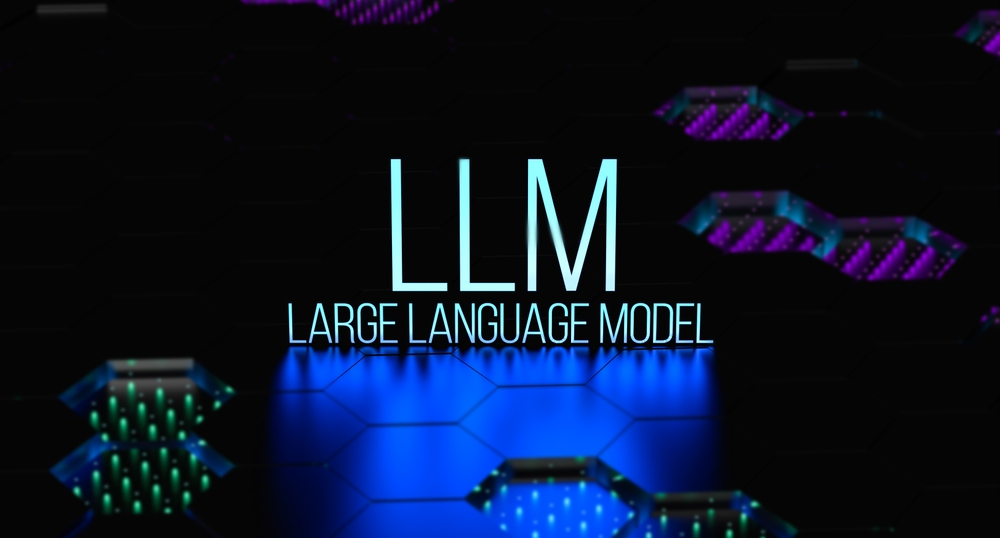Highlights:
- The Mistral AI Codestral launch understands over 80 programming languages. Its knowledge base includes high-level languages like Python, which automates various coding tasks to enhance developer productivity.
- Specific bugs may hinder an application from loading altogether, while others may only surface when users execute particular sequences of actions within the program’s interface.
Artificial intelligence startup Mistral AI recently unveiled Codestral, a large language model optimized explicitly for software development tasks.
The Mistral AI Codestral launch coincides with reports that Mistral AI is currently raising a significant new funding round. Earlier this month, sources informed the Wall Street Journal that Mistral AI is seeking USD 600 million from investors, aiming for a USD 6 billion valuation. That valuation is three times what Mistral AI was worth following its most recent funding round in December.
The Mistral AI Codestral launch understands over 80 programming languages. Its knowledge base includes high-level languages like Python, which automates various coding tasks to enhance developer productivity. The model can also write software in various low-level syntaxes, enabling programmers to interact more directly with the underlying hardware. This capability is beneficial for optimizing program performance, though it involves a steep learning curve.
Developers can upload a code snippet and receive explanations from the model regarding its functionality. Moreover, Codestral can generate new code based on natural language instructions.
The model can function as an autocomplete tool, extending a piece of code that a developer has begun to write. It can also modify components of an application that are already complete. For instance, a developer could request Codestral to alter the middle line of a code snippet previously authored by a colleague.
Another task that the LLM aims to simplify is testing newly created software for bugs.
Specific bugs may hinder an application from loading altogether, while others may only surface when users execute particular sequences of actions within the program’s interface.
Identifying the latter type of issue through manual troubleshooting can be particularly challenging. Mistral states that developers can utilize Codestral to scan their code for flaws, expediting the process automatically.
Codestral boasts 22 billion parameters. In an internal evaluation, Mistral compared it with three other open-source large language models, including Meta Platforms Inc.’s Llama 3 70B, which has more than three times the number of parameters. Codestral outperformed all three models in Python programming tasks and achieved the second-highest score in a test evaluating their SQL capabilities.
The LLM’s performance benefits from its large context window. Codestral can handle prompts containing up to 32,000 tokens, which is more than double the input capacity supported by Llama 3 70B. This capability simplifies the analysis of extensive code files, which may encompass hundreds of lines of application logic, for Codestral.
Codestral is accessible under an open-source license for research and testing endeavors. Organizations can utilize the model for commercial software projects via a cloud-based application programming interface (API) facilitated by Mistral. Per the company’s statement, the API is well-suited for various tasks, including developing programming automation plugins for code editing applications.





























































